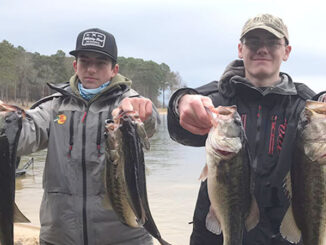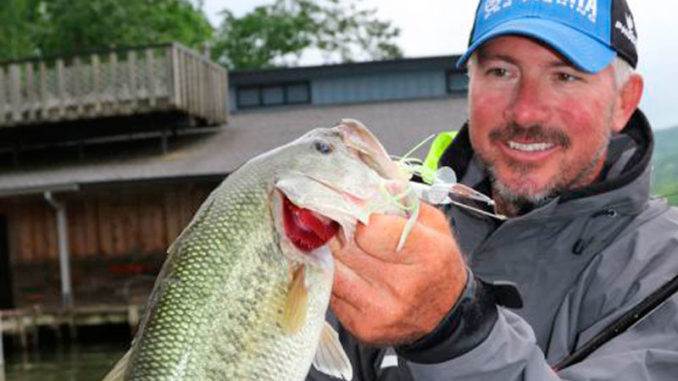
The heat of summer is a time when you can expect to get just a handful of bass bites, right? Not according to this Bassmaster Elite Series pro — if you know how to trigger fish’s aggressive nature.
You know the deal: You’re chillaxing by the pool and some goober cannonballs the crowd — not once, but twice.
He’s climbing out to reload and, even though you really don’t feel like moving, you just have to lay down the law.
One more time, buddy, and it’s me and you.
It’s the same deal with summertime bass fishing.
We tend to picture largemouth as snoozing away much of their summer days, but properly motivated these fish can exhibit considerable hot-season aggression.
Regardless of what the calendar says, if you flip a bass’ switch by appealing to its appetite or anger, it’ll do what bass do — put the chomp on the offending party.
Burning baits
Savvy anglers can leverage this truth with aggressive lure presentations. Yep, we’re talking about burning baits for summer bass — not always the first choice, but certainly a play to integrate into your game plan.
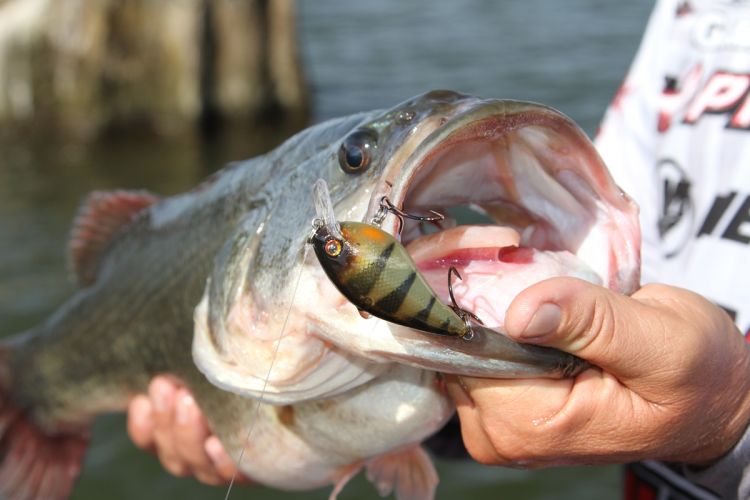
Just ask Bassmaster Elite Series pro Mark Menendez and he’ll tell you: The faster the better.
“Metabolisms are high and the fish are hungry,” Menendez said. “Ultra-high water temperatures will bring their metabolisms down into a safety mode, but in normal high water temperatures like 80 to 82 degrees, you can still get them to react.”
Menendez explained that fish might be perfectly capable of moving quickly in the summer heat — they just don’t want to.
Changing their minds, poking that largemouth ego, stimulating a violent response is the logic behind summer burning.
“We have to make the fish react to us so they don’t have a chance to think about it,” Menendez said. “If they get a good look at the bait, they may let it go by.
“But if we give them a brief look and then a burst of speed, generally that will trigger the bite.”
Following is a rundown of some of the more-productive ways to employ a summer burning presentation.
Soft swimbait
Calling this the ultimate in simplicity, Menendez uses a 4-inch Strike King Swimming Shiner on a 3/16- to ¼-ounce Strike King Tour Grade shaky head.
The smaller heads, he said, provide the proper physical dynamics for the technique he’s using.
“I can wind that head at a pretty good clip and it won’t break the surface,” Menendez said. “But if I need more speed, I’ll put that bait on a ½-ounce jighead, and then I have the ballast to bring that thing back at Mach 1.”
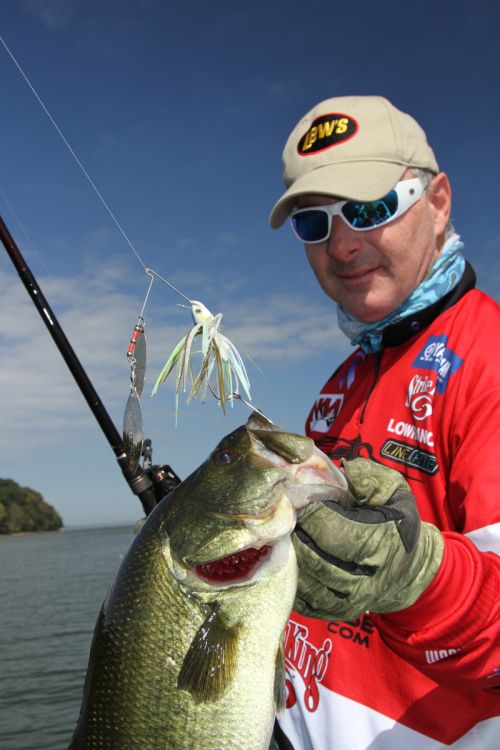
Technique: Menendez fishes the little swimmer on a 7-foot Lew’s spinning outfit with 10-pound fluorocarbon. His main targets for this presentation are marsh drains.
The idea is to mimic baitfish flowing out of the inner reaches — at a speed that forces fish into a now-or-never response.
“Where the water pulls out of the marsh, there’s always a lot of current right there,” Menendez said. “You have an ambush point there where that’s an active fish, but yet in warmer water they may not want to eat.
“Something that comes by them with speed will trigger the bite.”
Toledo Bend
In another scenario, Menendez said he’ll take this swimbait up to the heads of creeks with flowing water on big lakes like Toledo Bend.
This scenario, he said, can offer often-overlooked opportunities in the seasonal transition.
“August is always a time in the South where the first group of fish tend to come off the main-lake structure,” Menendez said. “You’ll have a few cool nights in August, which drop down to 70 degrees instead of 80 degrees.
“That cools the water temperature enough to signal the shad to move shallow. A percentage of the shad will … and go to the backs of those creeks, and some of those resident bass that are on the main-lake structure will follow those shad into the backs of the creeks.”
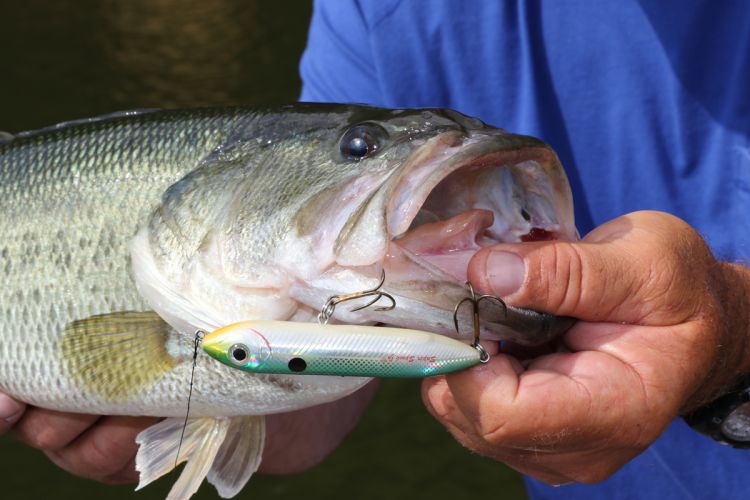
Menendez looks for naturally flowing creeks and bayous off major creek arms like Toledo’s Six Mile, Patroon and Housen.
Targeting any visible cover with this speedy swimbait can yield big results.
“It’s generally game-on for a few fish that you may not have thought you would have caught in the heat of summer,” Menendez said.
Another application for this deal: Burning the swimmer around wing dams on the Red River to tempt largemouth and spotted bass.
Topwaters
Recalling a day when he could see a group of quality bass but could not coax anything more than a follow with his Strike King Sexy Dog topwater walker, Menendez said an epiphany came when a big smallmouth blasted the bait while he was actually ripping back in frustration.
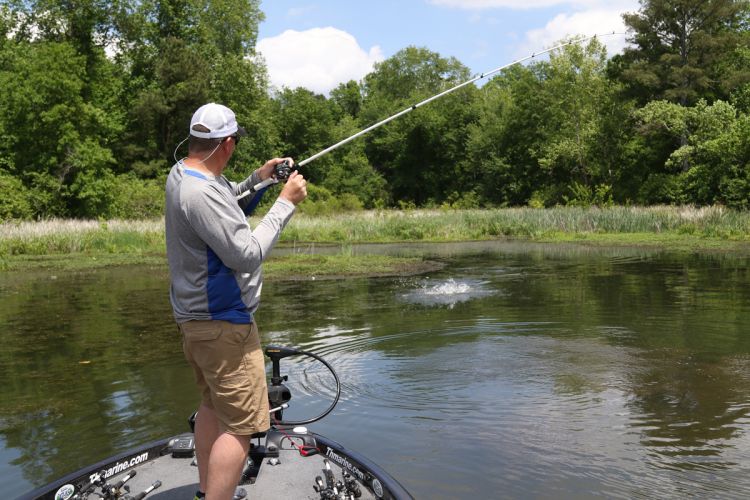
“Now, I literally throw the Sexy Dog and wind it back in,” he said. “I don’t use any rod tip action, and I don’t walk the bait side-to-side in the traditional walk-the-dog action: I throw it and wind it at a pretty good clip.
“What that looks like is a baitfish that’s absolutely trying to get out of the address.”
Technique: Menendez described two options for this presentation:
- Retrieve with the rod tip lower to create a v-wake like a fleeing baitfish.
- Hold the rod tip higher to actually skip the lure like baitfish leaping away from predators.
Spinnerbaits
Probably the most-commonly considered burning example is the spinnerbait, which leverages flash and vibration to trigger aggressive responses.
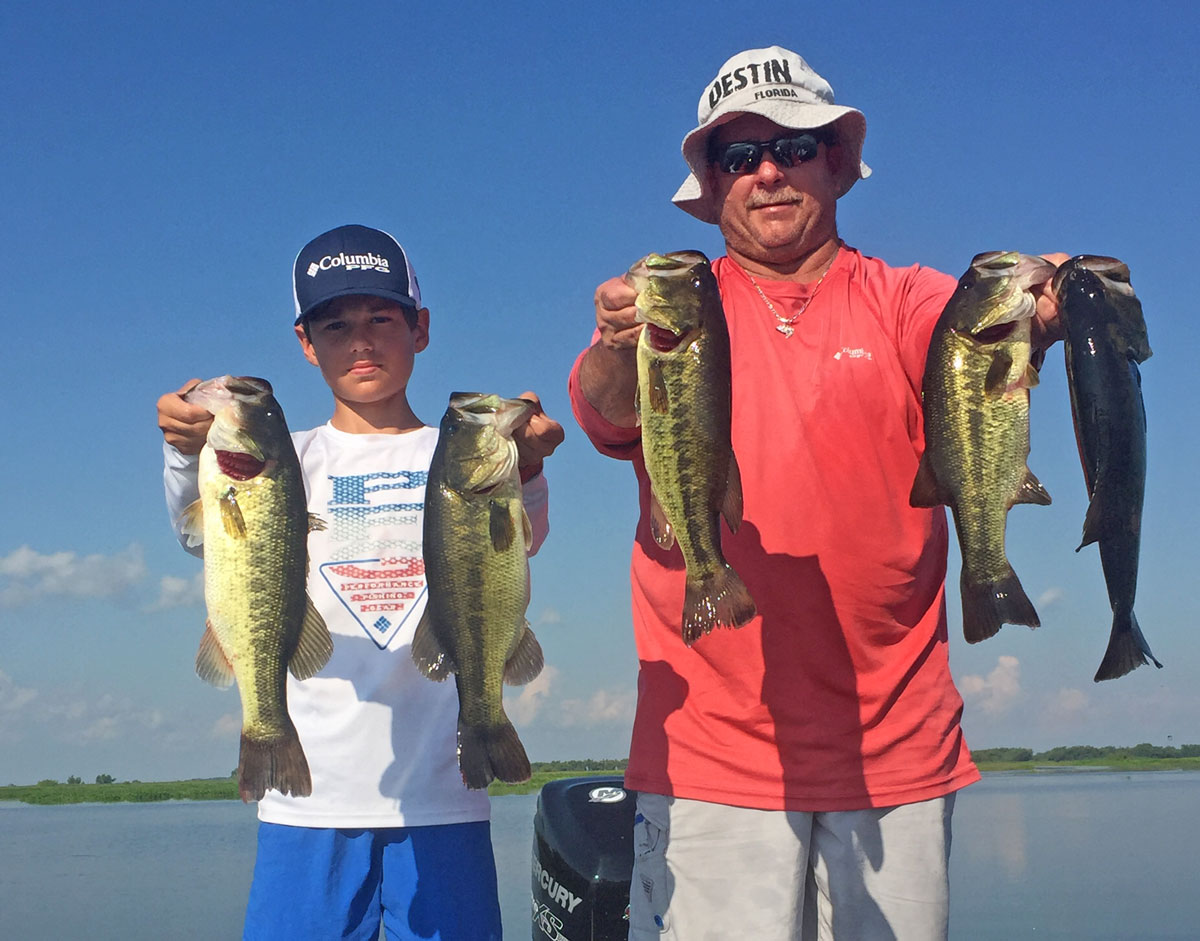
Preferring the ½-ounce Strike King Burner for its wedge-shaped head, Menendez typically drops down to No. 3 or 4 willow leaf blades to minimize the “lift” and keep his bait lower in the water column.
Technique: Targeting naturally flowing creeks, Menendez looks for structure such as the outer ends of laydowns where baitfish often hold.
Casting into the cover, he’ll let the bait sink below the cover and then burn it through the bait.
“I’m winding it along, and then I’ll give it a burst of speed and rip it as hard as I can,” Menendez said. “It’s normally a pretty violent strike.
“I’m not ripping my rod tip: I’m winding with the rod tip pointed at the bait, like you would a normal retrieve. I’m just bringing it back with an extra burst of speed when I get to that strike zone.”
Other ideas for blistering retrieves
- Elite Series pro Greg Hackney of Gonzales puts the heat on his crankbaits during the warmer months with what he calls a “wide-open” retrieve.
- When bass relate to docks, midday finds them far back in the shadows. However, when early morning and late afternoon finds them positioning on the edges to feed, these fish can be highly susceptible to a peppy-paced swim jig.
- When FLW Tour pro J.T. Kenney fishes tidal waters, he knows lower water levels offer a strategic window in which to burn a spinnerbait or a swim jig because submergent grass beds will be closer to the surface.
- Four-time Bassmaster Classic champ Kevin VanDam loves burning a Strike King Caffeine Shad across current points during the summer.
He’ll also burn his signature Strike King KVD 1.5 squarebill through standing timber.
“When you’re cranking deep trees, you have to go slow until it clears, and then speed up,” VanDam said.
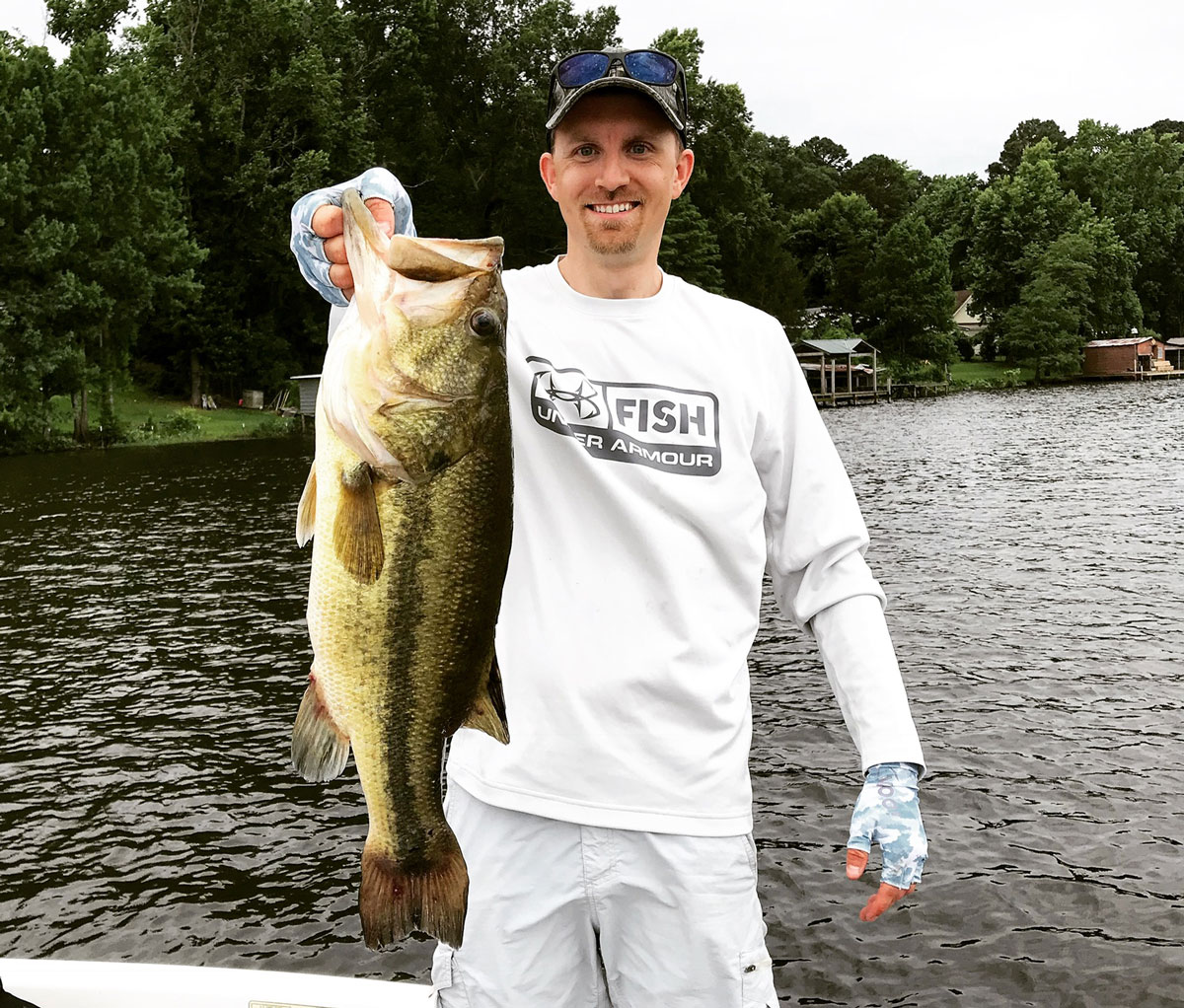
Clearly, summer fishing is a lot more than sitting and soaking. In fact, the fish are just as vulnerable to sudden stimulus as we are.
Sometimes, you just have to step on the gas and make them mad or make them hungry.
Either way, a bite’s a bite.
